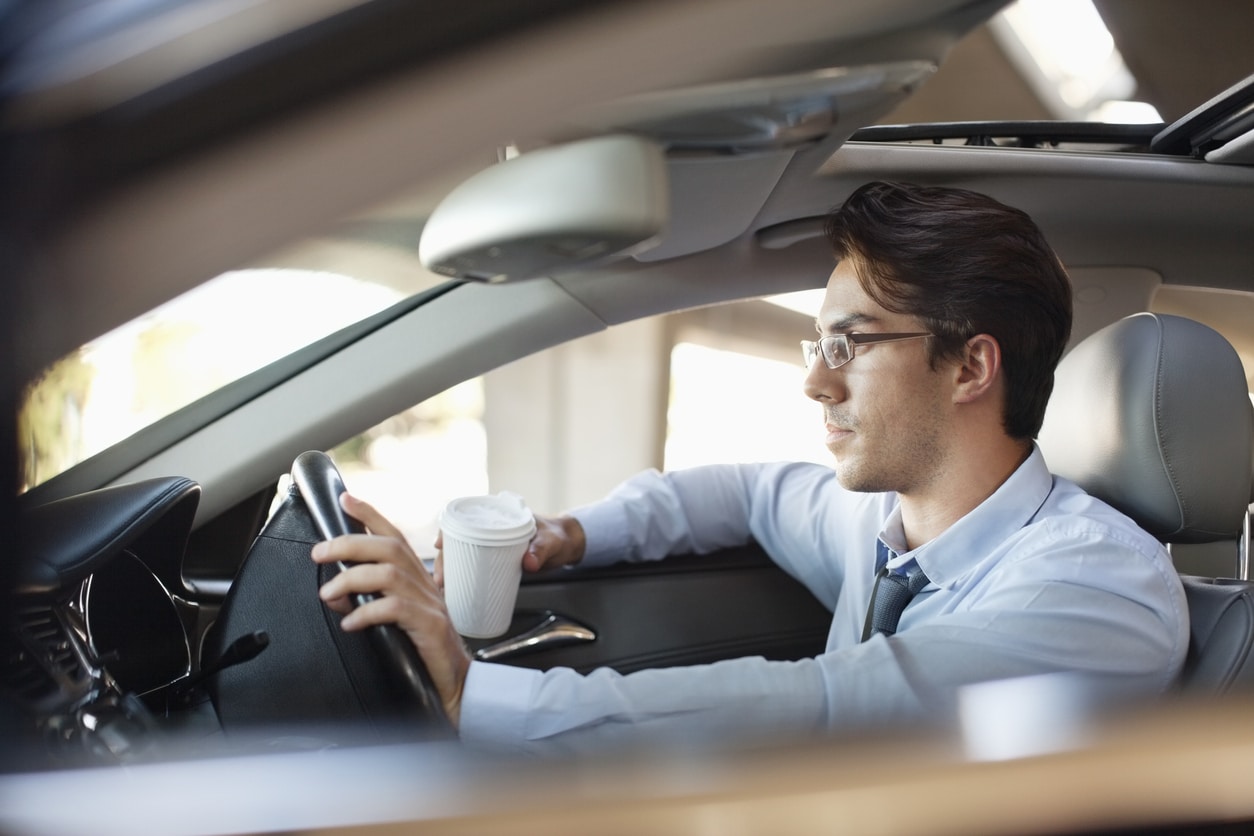For many driving is second nature, to the point where sometimes people forget the basics like being able to see properly. Believe it or not lots of people are guilty of driving without glasses or contacts, putting themselves and others at risk and leaving themselves open to a fine and penalty points.
But which eye conditions do you need to treat and correct before climbing behind the wheel? And what does the law actually say on driving eyesight rules? Find out with our in-depth guide on how different eye conditions can affect your driving.
Quick Links
Common Eye Conditions and How They Affect Driving
Most eye conditions affect how we drive in one way or another, whether it’s our view of the road or how well we can see the dashboard controls. Here, we take a look at five conditions which you may need to treat before you’re legal to drive.
Short-Sightedness
Short-sightedness, or myopia, is when you can’t see things in the distance. It’s one of the most common eye conditions in the UK, and the one most likely to affect your ability to drive.
Even the mildest cases of short-sightedness can significantly reduce your ability to see things at a distance – which is a big problem when you’re behind the wheel of a car. One of the reasons why you’re asked to read a number plate during the practical driving test is to check for short-sightedness, as good distance vision is an absolute necessity when you’re out on the road.
Let’s take a look at what short-sightedness can look like when you’re driving.
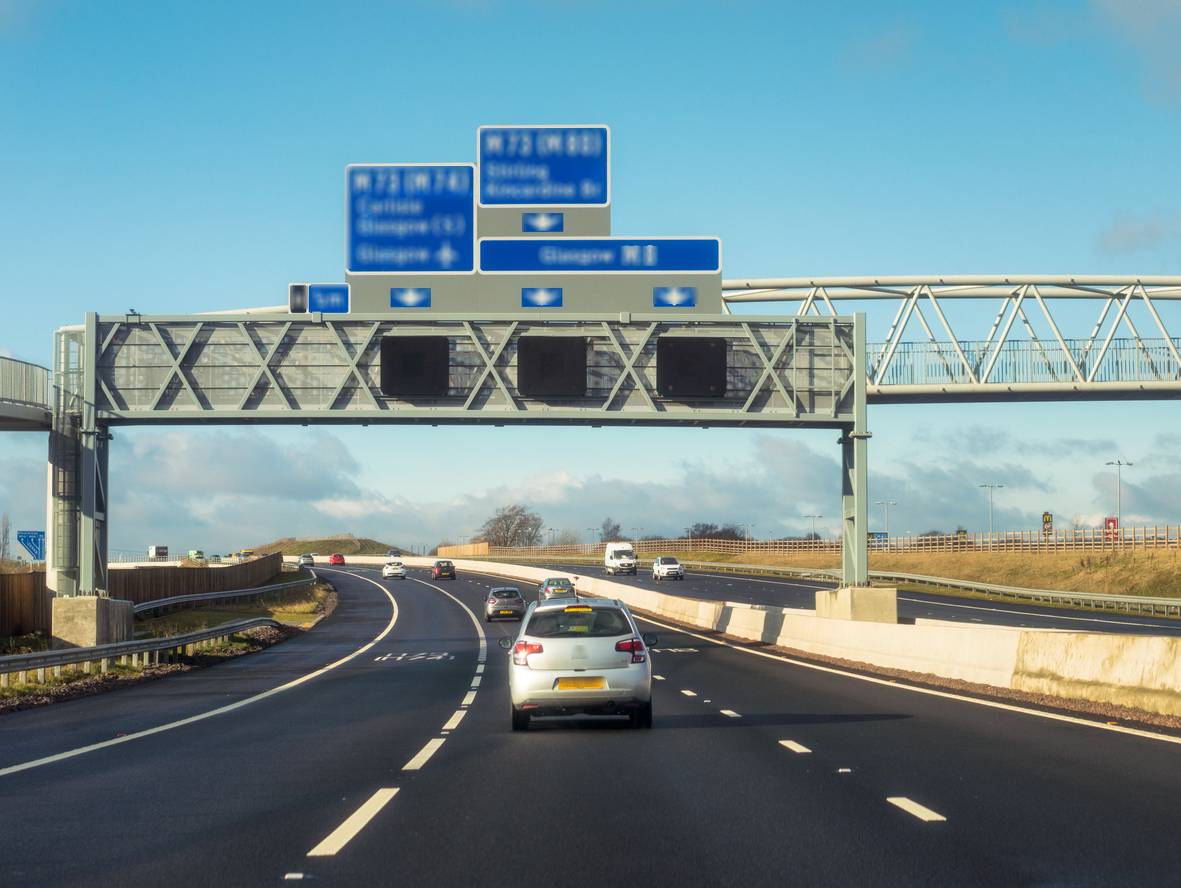
Thankfully, short-sightedness is normally diagnosed at a young age, so by the time you get to driving you should have the glasses or contact lenses you need to see objects in the distance clearly. It’s an easy condition to treat with the right prescription, provided you always remember to wear your glasses while driving.
Long-Sightedness
Long-sightedness, or hypermetropia, is the exact opposite of short-sightedness; it’s when you struggle to focus on things that are close to you. You may be able to see well into the distance, but words, symbols and objects that are close can appear blurry and out of focus.
Even if you can see the road ahead, it’s still important to wear prescription glasses or contacts to treat long-sightedness while driving. That’s because you may struggle to see your speedometer, driver controls, sat nav, and warning lights without the right vision correction – all of which impairs your safety out on the road.
Here’s an image of what you might see behind the wheel if you suffer from long-sightedness.
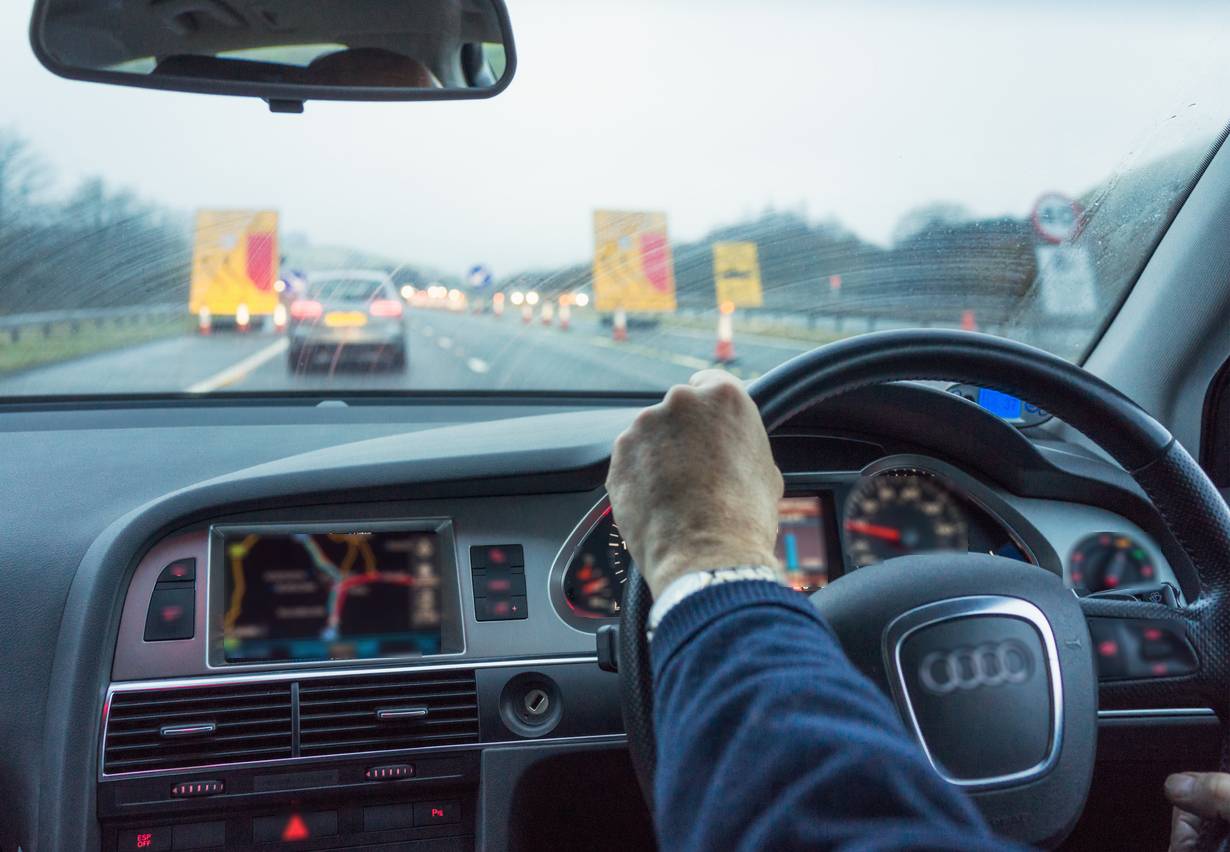
As with short-sightedness, long-sightedness is usually diagnosed in childhood, so you should have got used to wearing glasses and contacts before you hit 17. The thing with long-sightedness however is that many people just wear glasses for reading, but it’s still important to correct your vision while driving.
Late-Onset Long-Sightedness
Many people develop long-sightedness later in life, when the lenses in their eyes start to become flexible, making it harder to focus on close-up details. It’s really common in over-fifties, and you can get it if you have an existing eye condition like short-sightedness.
The symptoms of age-related long-sightedness, or presbyopia, are the same as normal long-sightedness. However, because lots of people who are short-sighted also get it, they may need to wear varifocal lenses to make sure their vision is safe for driving.
Varifocals are dual-vision lenses designed to correct long and short-sightedness. Normally, the top half is designed for seeing in the distance and the bottom half is for focusing on close-up objects – so you can still drive safely.
As with long-sightedness, people who develop it later in life should remember to wear glasses or contacts while driving, and not just for reading. You’ll need to correct your vision to see the driver gauges and controls clearly.
Light Sensitivity
All drivers find bright light from sun dazzle, glare and passing headlights annoying. But for people whose eyes are very sensitive to light, it can make being in a car almost unbearable.
Light sensitivity is when your eyes are irritated by bright light. This can cause a range of symptoms, from migraines and dizziness to blackspots in your vision, and is very common while driving both at night and during the day.
Thankfully there are now lots of simple ways to combat light sensitivity. During the day you should always wear a pair of polarising sunglasses, while at night glasses with an anti-reflective and polarising tint can massively reduce the impact of light on your eyes.
Here’s an idea of what light sensitivity can look like.
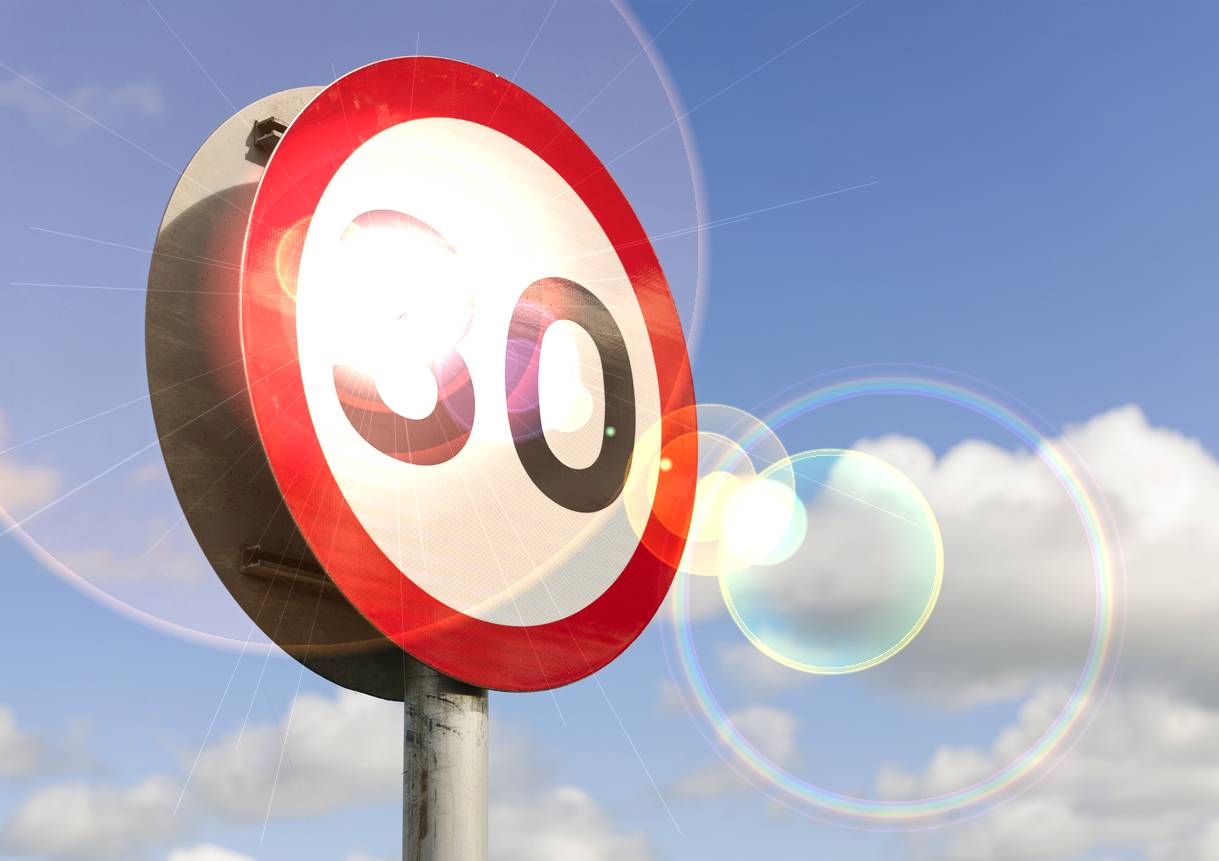
Astigmatism
Astigmatism is a secondary condition that refers to the shape of your eyes. It essentially means that the eyes are shaped a little like a rugby ball rather than a perfect sphere, and it’s this which affects your vision.
When you’re driving an astigmatism may cause blurriness, making it difficult to see the road ahead. It can also confound (is the word confound right? Doesn’t really fit in this sentence) other problems like light sensitivity, so it’s important to get it checked and corrected by an optician.
Glasses and contact lenses can be used to correct an astigmatism, reducing any blurriness you may experience. It’s important to correct your vision while driving if you’ve been diagnosed with astigmatism, as it’s a condition which can get worse if you don’t wear the right prescription glasses or contacts.
What the Law Says on Driving Eyesight
While driving without glasses or contacts sounds crazy to many motorists, studies show that 1 in 8 drivers who should be wearing prescription lenses choose not to. But why? Is it because they don’t like what they look like in specs? Or is it the simple fact that they don’t know what the rules are on vision and driving?
The Highway Code makes clear that you must wear glasses or contact lenses to meet the ‘standards of vision for driving’. If the police suspect that your vision has contributed to an incident, accident or reckless/dangerous driving, you could be prosecuted for not meeting eyesight standards. Currently the penalty for ‘driving with uncorrected defective eyesight’ is three penalty points and a fine based on a percentage of your income.
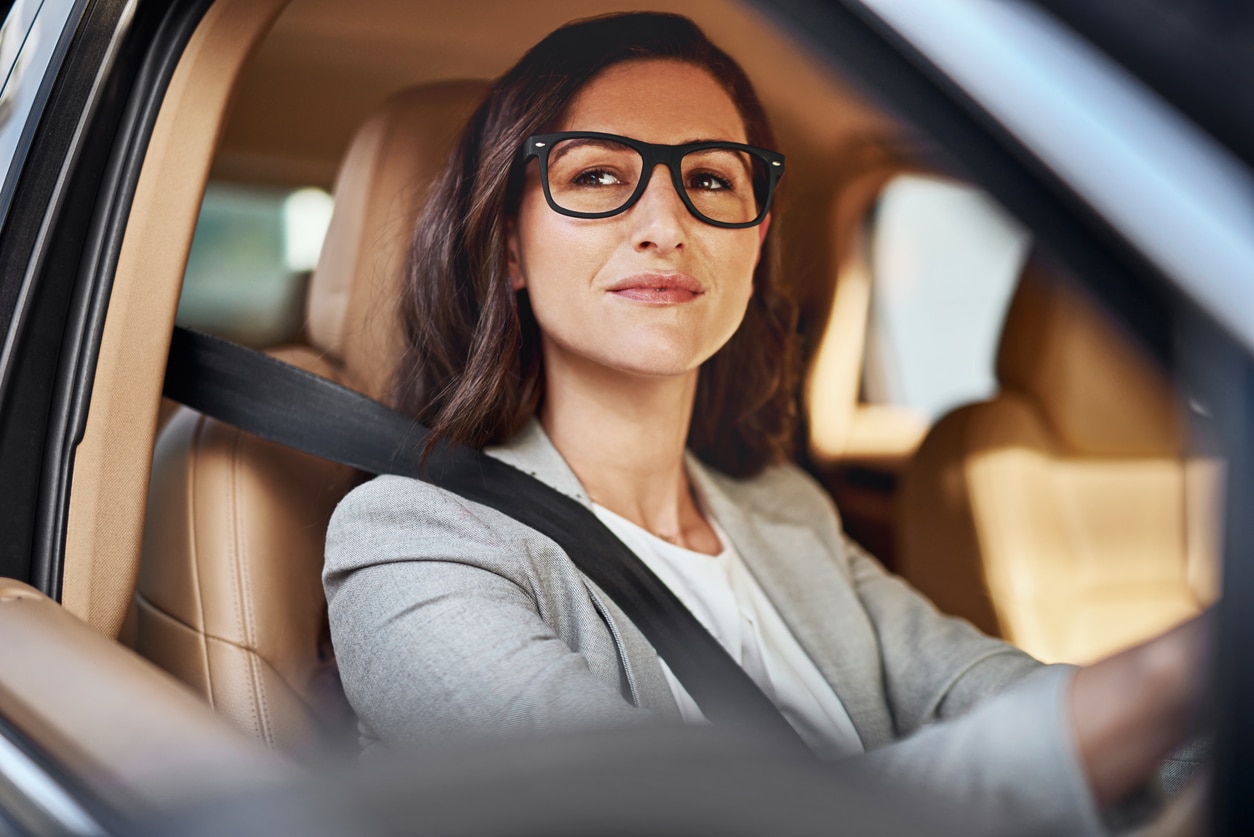
- You must be able to read a car number plate from 20 metres
- You must meet the minimum standard for visual acuity, which is set at 0.5 on the Snellen scale. Find out more about the Snellen scale and visual acuity here
- You must have an adequate field of vision
All this might sound confusing and difficult to ascertain on your own, but that’s why regular eye tests are so important. Having your eyes checked every two years will not only help you stay on top of your eye health, but will also ensure you always have the correct prescription for driving.
Even if you’re in between optician appointments, it’s important to get your eyes checked if you notice any changes in your vision. Conditions can develop surprisingly quickly, so always see your optician if you’re concerned your vision has got worse.
Click here for more information on driving eyesight rules.
At Prestone, we’re no experts in eye health, but we do care about you and your car. Our high-performance car maintenance fluids are suitable for all extremes, so you can drive with confidence. For more information, visit the homepage.
